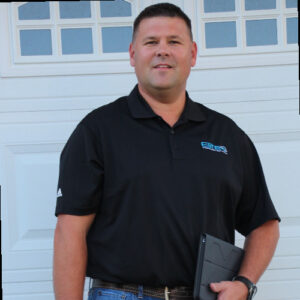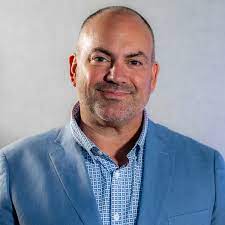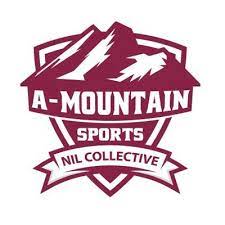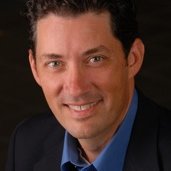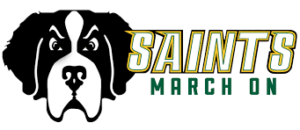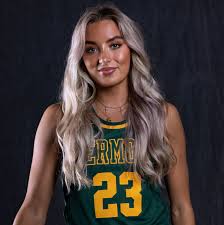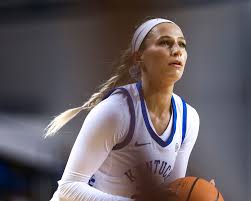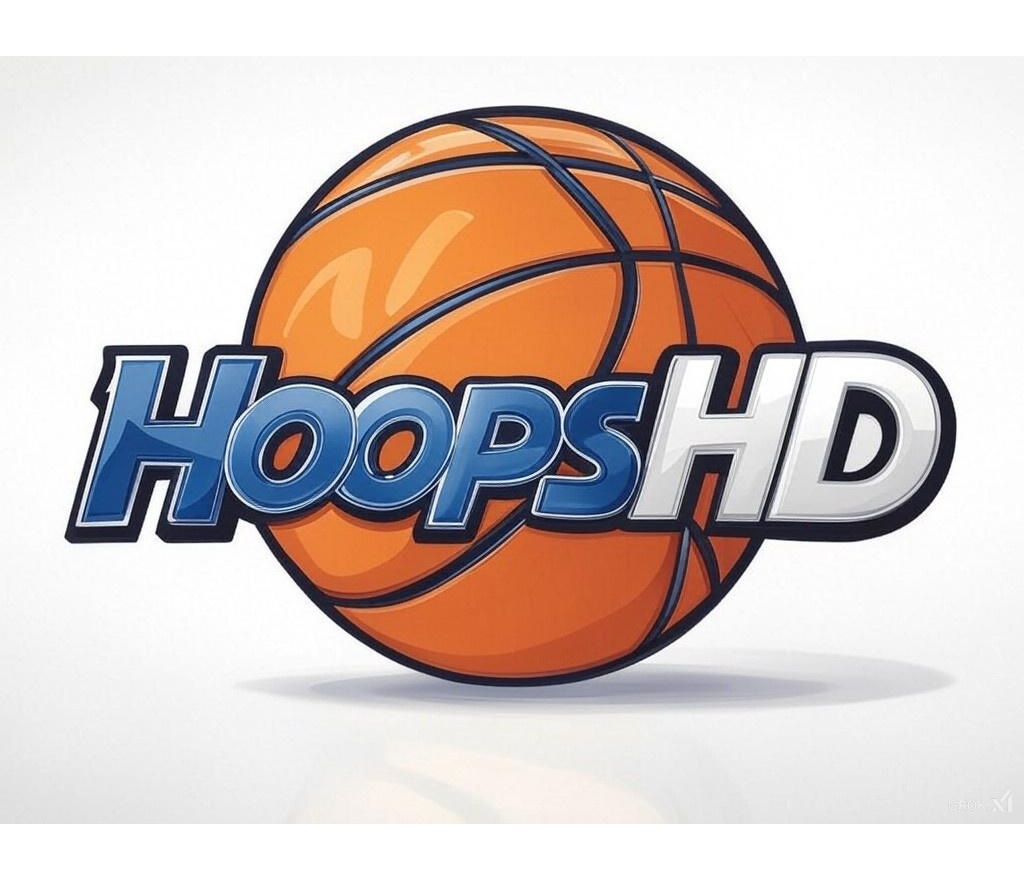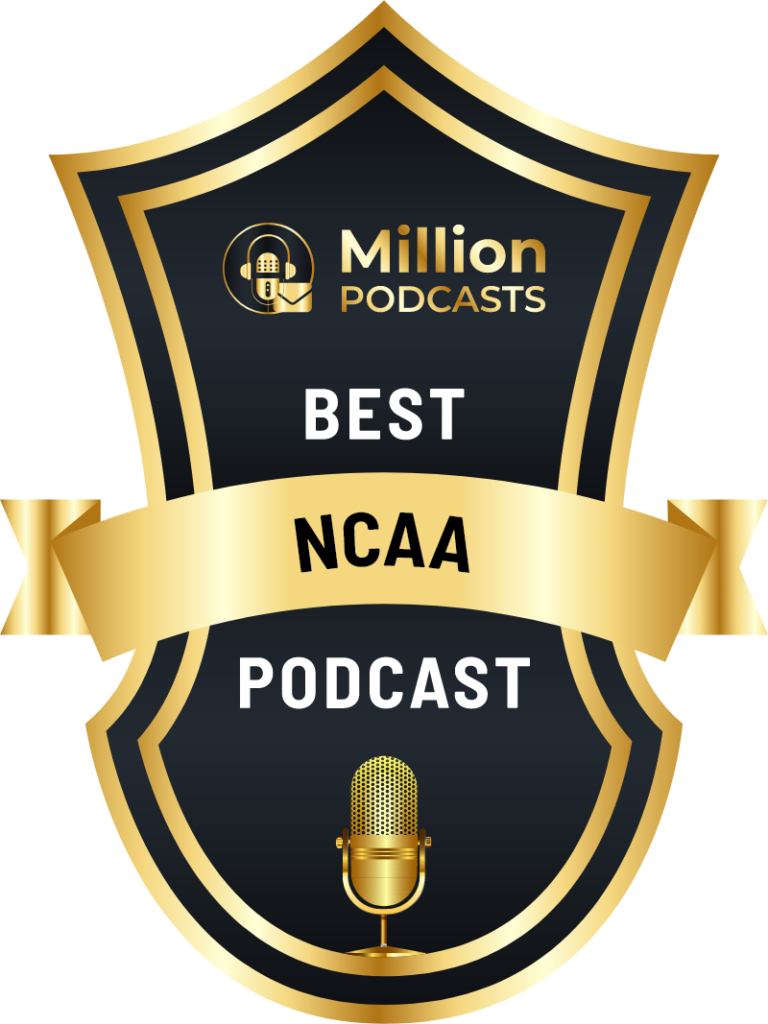The marketplace for college athletes to engage in Name/Image/Likeness (NIL) deals was created in 2021 after the NCAA v. Alston case and now it seems like every college is ready to start spreading the wealth. There are already more than 100 “collectives” either in operation or being formed. They allow alumni/fans/whoever to donate money to assist a specific school in creating opportunities for student-athletes to make some money off of their celebrity. We have reached out to many collectives and will try to interview representatives from as many of them as possible to see how each of them operates. HoopsHD’s Jon Teitel continues our coverage with Jeff Smith of the MESA Foundation NIL collective, who discussed what his group is about and what it has accomplished so far.
You are the President and co-founder of an NIL collective called “MESA Foundation” that was formed last year: how complicated was it to create (if at all), and why did you do it? We saw the need to have a response to NIL that seemed to be clearly taking off at rapid speed and were specifically concerned what the impact would be on the San Diego State basketball program. Starting it up took time and commitment but the real challenge has proven to be spreading the word to fans/supporters to get them to understand they need to take a more active role than most are used to. MESA is community-based and helps the underserved parts of San Diego: that part of “how we do it” has been amazing and very well received.
Your focus is on basketball: how/why would you decide to open it up to other sports? We have no plan on involving other sports: our plate and time demands are full as it is while we try to broaden the exposure of what we are doing. We have to ensure that our athletes truly participate in our various events and community efforts. That is considerably more manageable with our focus on just the basketball programs. The men’s program is the most widely recognizable and followed of all San Diego State sports, which definitely translates into a bigger and more direct impact on helping to raise awareness for the charitable causes we associate with.
How excited were your members for the Aztecs’ run to the title game last spring, and what was your own favorite memory from that magical season? It was an amazing run and it certainly helped bring awareness and shine a light on the team. People were watching which allowed us to communicate our message to the folks that were curious about NIL and considered supporting it. We still struggle with reaching a broader support base and have grown through our own media efforts and by the people that have joined and recognized the need to make sure this is successful spreading the word. If this is going to continue and we are going to remain competitive we really need institutional support, which we are pushing hard for. NIL is new and SDSU (like many schools) has been tentative to take the steps in promoting what we are doing and the need to support. We are at the point where that needs to take the next step and we are hopeful that it does.
What kind of connection does your group have with current coach Brian Dutcher/former coach Steve Fisher? We are in constant contact with them so that they are aware of what we are doing. They are huge supporters of MESA being successful. There are limits on what they can do but they have become active promoters. We had an event last weekend at the Del Mar Racetrack with both coaches and the players interacting with our members. The school is showing signs of recognizing the importance of MESA’s success to SDSU athletics and specifically the basketball programs and we will continue to look to the coaches to really communicate that message to the loyal fan base of Aztec followers.
Your website says that you are more about charitable organizations than commercial enterprises: how so? We have partnered with some of the most well-known organizations throughout San Diego. We did a youth camp for children of active duty military at Camp Pendleton and another camp with Inter-tribal sports: the Native American Community is huge here with I believe more area tribes than any other place in the country. We held another camp with the Police Department and their STAR/PAL program along with the Boys & Girls Club, and recently put together an opioid/fentanyl public service announcement in partnership with the US Attorney’s Office. We are doing a Walk for ALS and a blood bank drive on campus later in September to bring awareness to blood marker testing for Sickle Cell Disease with more events planned in the future.
What is the biggest difference between your own experience on campus a few decades ago vs. your son’s experience as he begins his own time as an Aztec? I was a student a little over 30 years ago. We did not have cell phones or really personal computers so I would start with that! The access/communication is just worlds apart and the facilities are different as well. Viejas Arena did not exist back then so the school has changed almost entirely for the better…although in a lot of ways it is still the same SDSU.
People are obviously free to do whatever they want with their hard-earned money…but do you ever have any second thoughts about whether you should be encouraging your donors to do something else like fight cancer/reduce homelessness? We never look at this as an “either-or” situation and would never encourage folks to choose to give to MESA over another charitable cause. Most alumni live in the area, are fans of the school/basketball team, and can watch the impact that the players are making on many different organizations rather than just picking 1 group. It seems to be a win from all directions and we have received nothing but positive feedback so far. You hear a lot about what is rumored to be going on behind the scenes with other NIL efforts at other schools, but I am proud to say that we are truly involved with many charities and community organizations and are putting in real time and effort to help those groups and their causes.
Do you think the NIL model will be as effective at a MWC school, and what is the biggest difference between your collective and those at high-major schools (if any)? There are some regional/conference-based differences so it is not always limited to Power 5 conferences. There are a lot of things you can do in Southern California. We do not have a single or small-group donor model because that is not San Diego or San Diego State: our primary focus is on expanding our platform to people who might not give $100,000/year but rather $100-$1000 or whatever they can afford. We try to make it accessible to everybody but at the end of the day our strength is in our numbers and the undeniable support the team has in this community. We are very different from most other schools but we think that is what will make ours a more sustainable and more broadly supported model.
Earlier this year we saw a basketball team’s season suspended (New Mexico State) and a football team’s coach fired (Northwestern) due to hazing: how concerned are you about entering contractual relationships with teenagers who might end up behaving badly? Not at all. One of the primary reasons we decided to take our approach is due to the type of athlete that our coaches bring in to play at SDSU. Anyone who follows us knows that we have a specific type of team-branded basketball that is based on defense and selflessness. We are trying our best to mirror that “team first” approach to what MESA is doing. Our agreements are performance-based: the players have to post on social media and have to participate in events if they want to get compensated and continue to be a part of MESA. They do have “good citizen” clauses in their agreements but we have not had any issues and definitely do not expect to have any in the future.



